- So my name is Andreas Götte. I'm professor of medicine at the St Vincenz Hospital in Paderborn in Germany, and I'm head of the department of cardiology and intensive care unit in Paderborn. But I'm also a member of the German AFNET located in Münster, where we actually conducted the trial, which I present during this AHA meeting.
Unmet Needs in the Management of Patients with AF
What we need to discuss and what we need to figure out is, how early do we need to start therapy? And this is the main concept of electrical remodelling that we know that patients who suffer from the very first episode on atrial fibrillation, they suffer from the process that atrial fibrillation begets atrial fibrillation. So it's very interesting to see if a rhythm control therapy, where we can establish sinus rhythm, really is related to a better outcome. And initially, that was the strategy why we developed the EAST-AFNET 4 trial. And Paulus Kirchhof published these data, the original data, from the main trial two years ago in the New England Journal. And we found that it's very important to start therapy early on to be as aggressive as needed to keep the patient in sinus rhythm. So for that reason, we need to know if this strategy is necessary for all patients with atrial fibrillation. And this is the main aspect of our presentation during this AHA meeting.
Trial Population and Design
So what we did was, this was a multicenter randomised trial, where we assess differences in rhythm control strategy. So we compared early rhythm control, using antiarrhythmic drugs and catheter ablation in one cohort versus usual care. And usual care in this cohort was actually done by rate control that we really used medication, like beta blockers or verapamil or so, for just rate control. So it's really a rhythm control versus rate control study. And overall, we included 2,785 patients in this trial, with a mean follow-up of five years, so very long follow-up. And what we did was, we assessed hard outcome parameters, encompassing cardiovascular deaths, stroke, worsening of heart failure or acute coronary syndrome as main endpoints.
Key Results
So in our trial, we assessed if the pattern, the phenotype of atrial fibrillation has an impact on overall outcome comparing early rhythm control, versus usual care. So in our trial, we compared first diagnosed atrial fibrillation, versus paroxysmal atrial fibrillation, versus persistent atrial fibrillation. And what we found, and that is interesting, that overall, there was no significant differences, between the groups with regard to the main outcome. However, if we analysed secondary outcome parameters and also the individual components of the composite endpoint we found, and this is new, that first diagnosed atrial fibrillation, is related to a higher hospitalisation rate for acute coronary syndrome in comparison to paroxysmal or persistent AF, and that the number of days spent in a hospital. So the hospitalisation rate overall, is also substantially increased in patients with first diagnosed atrial fibrillation in comparison to paroxysmal or persistent. And also, the quality of life is less during follow-up, if a patient was included into the trial for first diagnosed atrial fibrillation in comparison to the chronic forms of AF, paroxysmal or persistent atrial fibrillation.
Implications for Practice and for Guidelines
So in our opinion, of course, very aggressive rhythm control strategy is preferable, versus pure rate control. And I think, this also is established by the fact that we could not found statistical significant differences in the main composite outcome in this sub-cohort we studied from the EAST-AFNET 4 trial. However, what we can also show, and this I think, is clinically very important, that first diagnosed atrial fibrillation, that this subgroup of patients might be different in comparison to the chronic forms of paroxysmal or persistent atrial fibrillation. And especially, the relation to higher rate of acute coronary syndrome shows that first diagnosed atrial fibrillation, may define a more, type of subgroup, which is unstable. So more unstable subgroup that also in this patient, not only the arrhythmia should be treated, but also, the other co-morbidities and in particular, cardiovascular risk factors, because the association, between first diagnosed atrial fibrillation and acute coronary syndromes is quite obvious. So this, I think, is the main result, what we do have that first diagnosed atrial fibrillation, which is easy to assess might actually, define a specific subgroup where it's extremely important also to look for other core factors and core risk factors in particular with regard to ischemia or hospitalisation. And this needs to be treated, and this factor is so far not fully addressed in the current guidelines.
Next Steps
So the next steps is that we will assess the burden of atrial fibrillation in the different subgroups to relate at quite with a official number of days in atrial fibrillation, if this is really linked to outcome parameters. And I think, also, the aspect of the progression of the disease is important, and this is something we need to learn and to address for the scientific community to see if phenotype assessments are necessary and important for AF therapy.
AHA 2021: Late-breaking Science Video Collection
Published: 12 November 2021
-
Views:
 4053
4053
-
Likes:
 7
7
-
Views:
 4053
4053
-
Likes:
 7
7
-
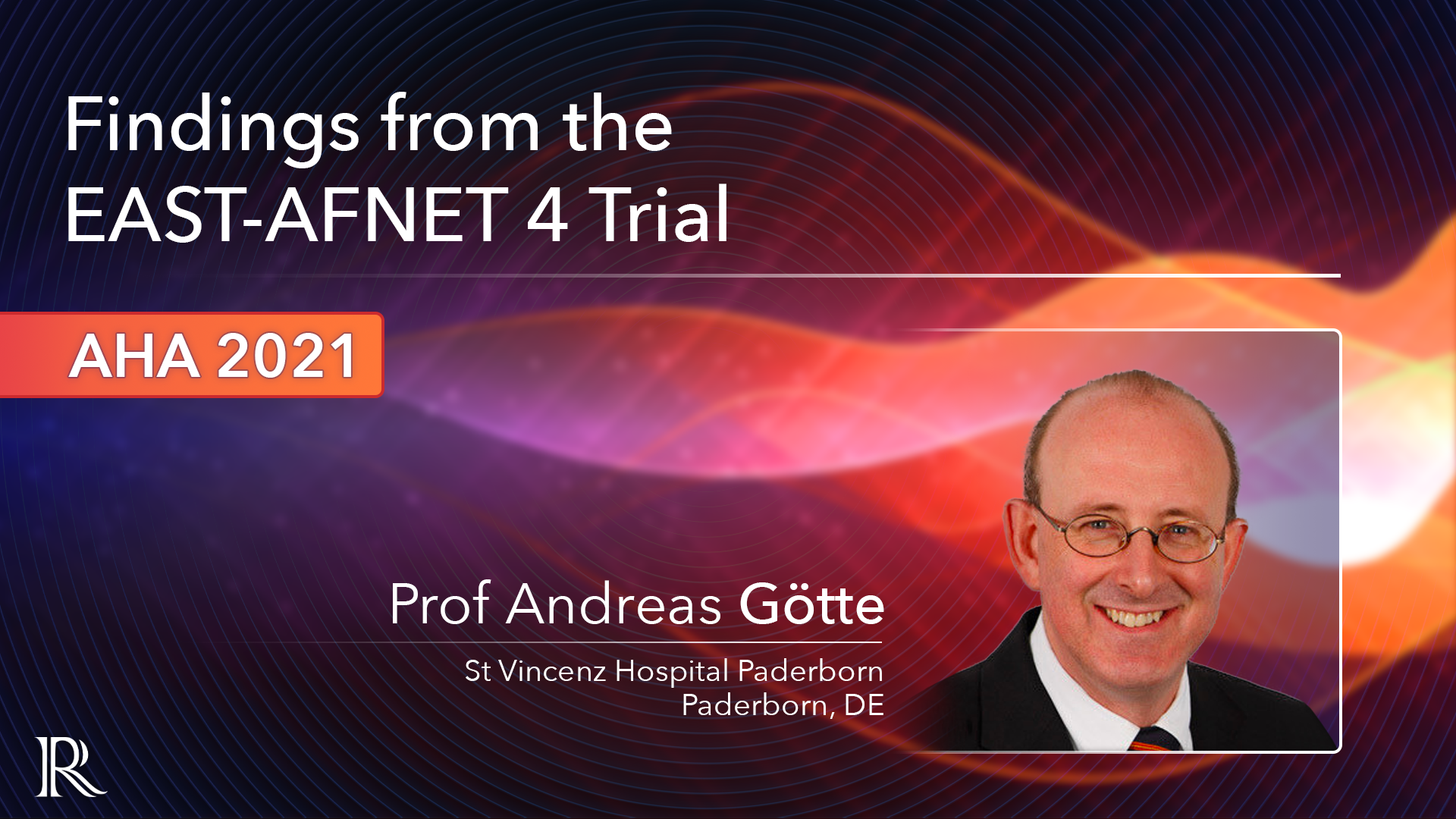 Up Next
Up Next -
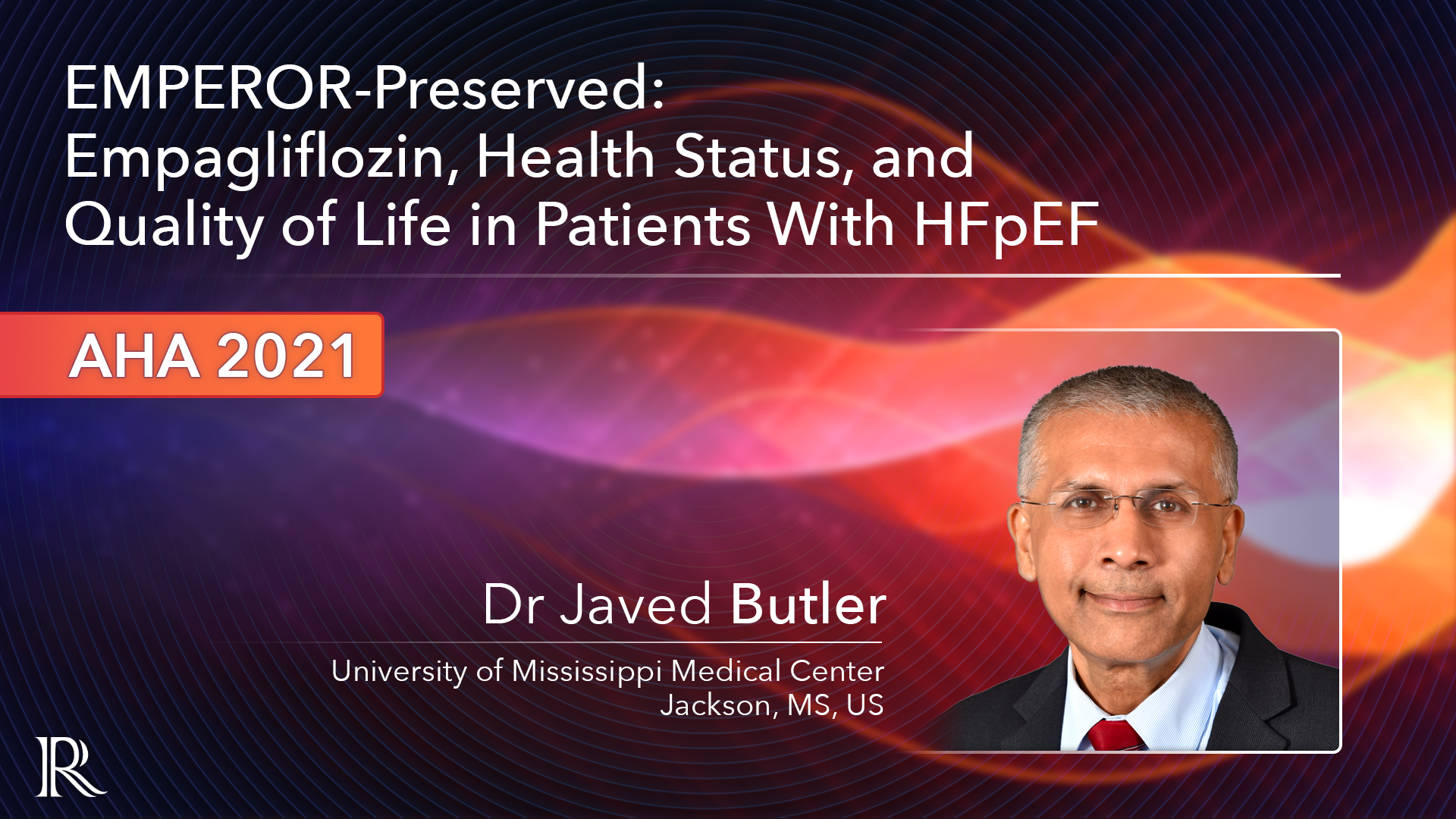 6m 35sPart 3 | Session 5 EMPEROR-Preserved: Empagliflozin, Health Status, & QoL in Patients With HFp
6m 35sPart 3 | Session 5 EMPEROR-Preserved: Empagliflozin, Health Status, & QoL in Patients With HFp -
 10m 20s
10m 20s -
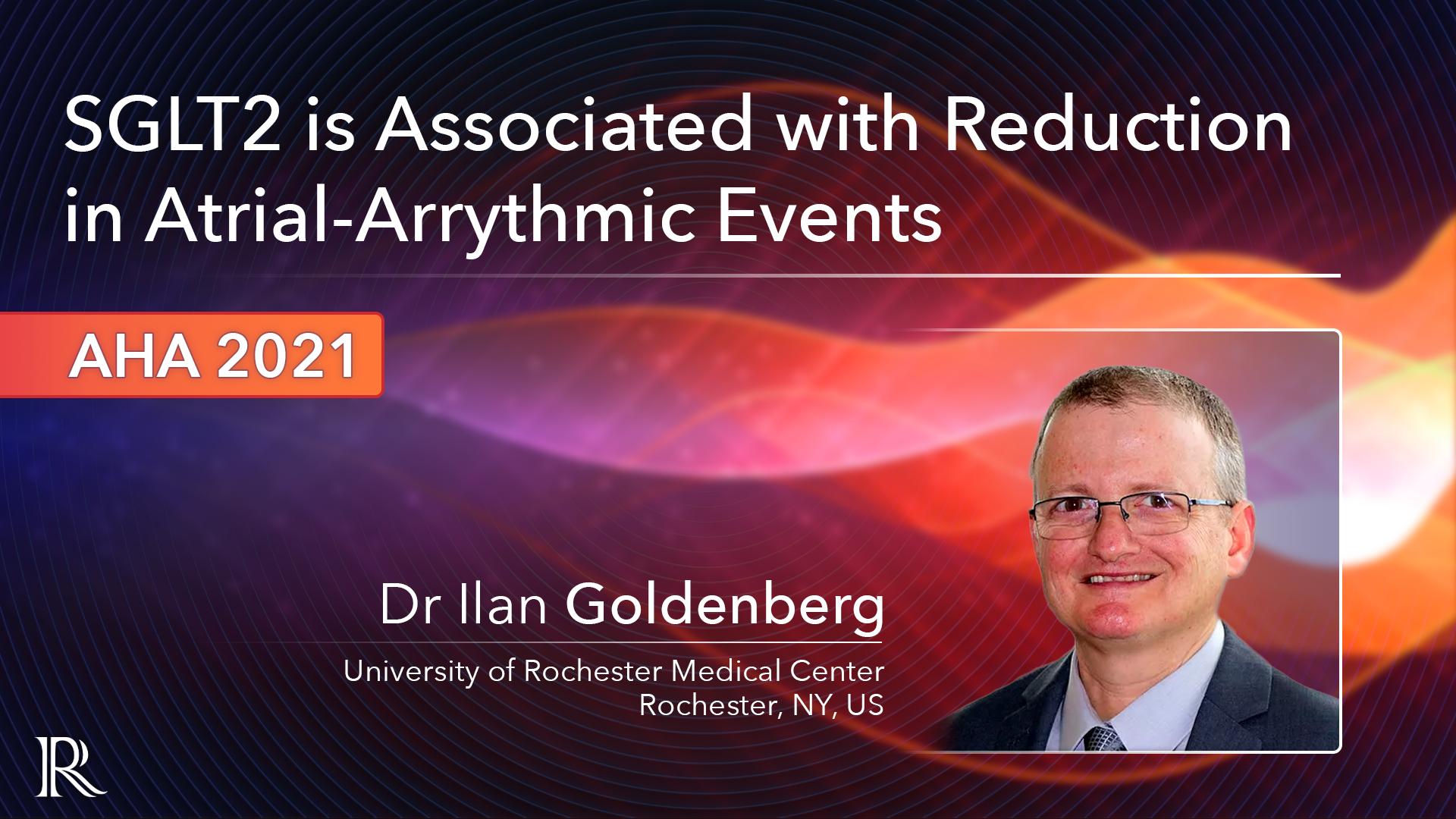 4m 26sPart 3 | Session 7 SGLT2 is Associated with Reduction in Atrial-Arrythmic Events
4m 26sPart 3 | Session 7 SGLT2 is Associated with Reduction in Atrial-Arrythmic Events -
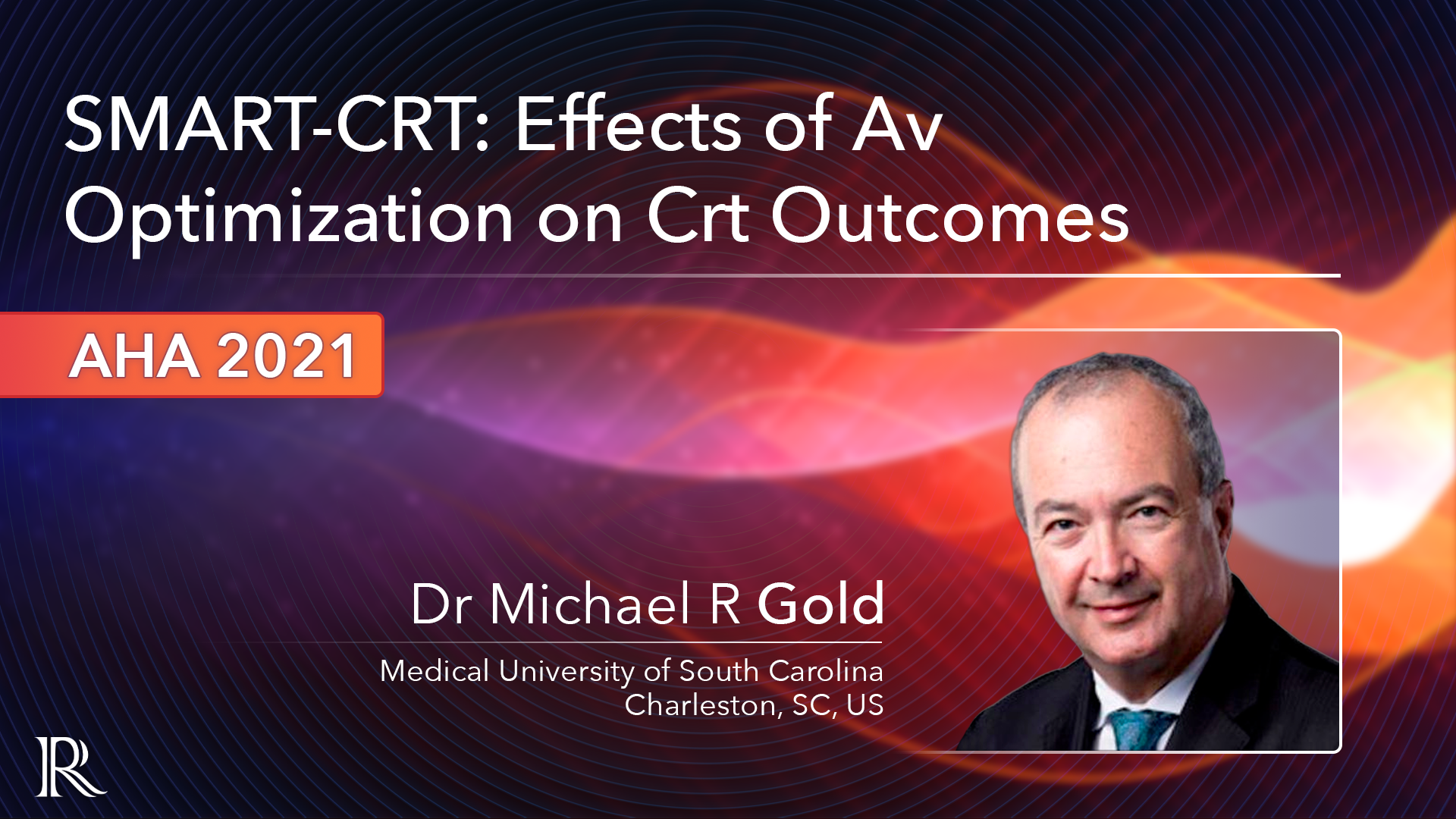 8m 26sPart 3 | Session 8 SMART-CRT: Effects of AV Optimization on CRT Outcomes
8m 26sPart 3 | Session 8 SMART-CRT: Effects of AV Optimization on CRT Outcomes -
 10m 10s
10m 10s -
 22m 15s
22m 15s -
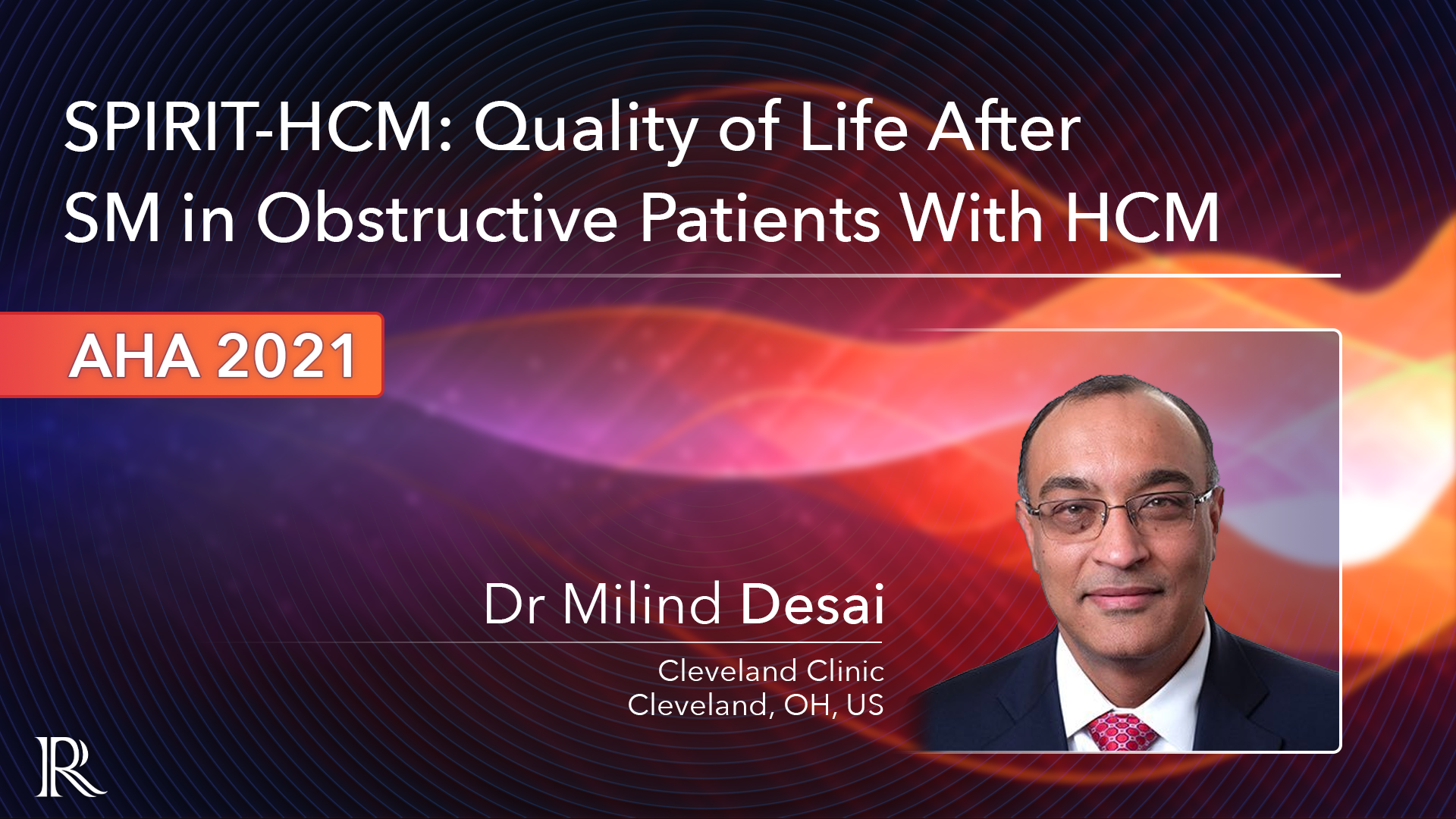 11m 55sPart 3 | Session 11 SPIRIT-HCM: Quality of Life After SM in Obstructive Patients With HCM
11m 55sPart 3 | Session 11 SPIRIT-HCM: Quality of Life After SM in Obstructive Patients With HCM
-
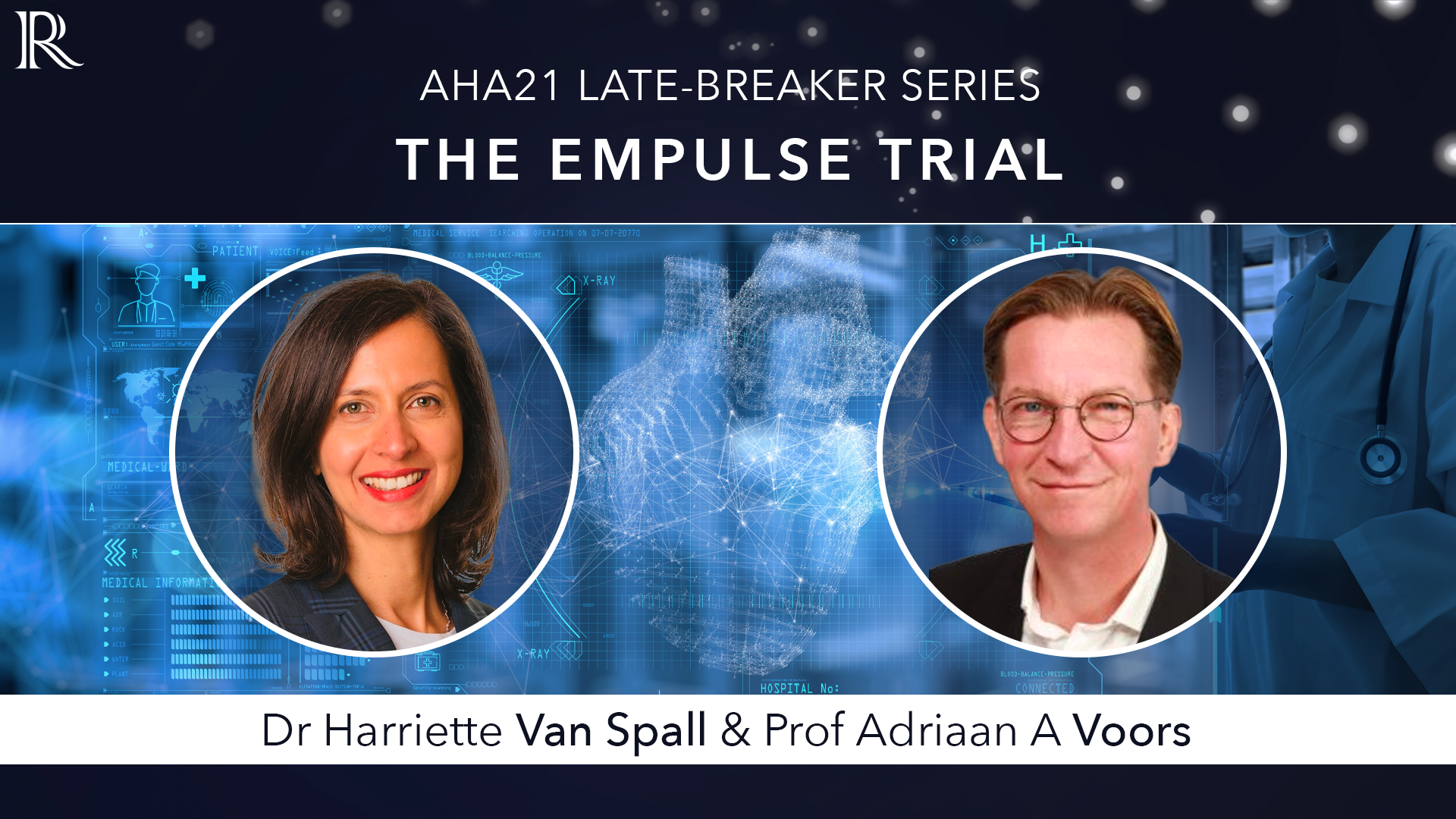 16m 38sPart 1 | Session 1 AHA 2021 Late-breaker Discussion: The EMPULSE Trial Harriette Van Spall, Adriaan A Voors
16m 38sPart 1 | Session 1 AHA 2021 Late-breaker Discussion: The EMPULSE Trial Harriette Van Spall, Adriaan A Voors
-
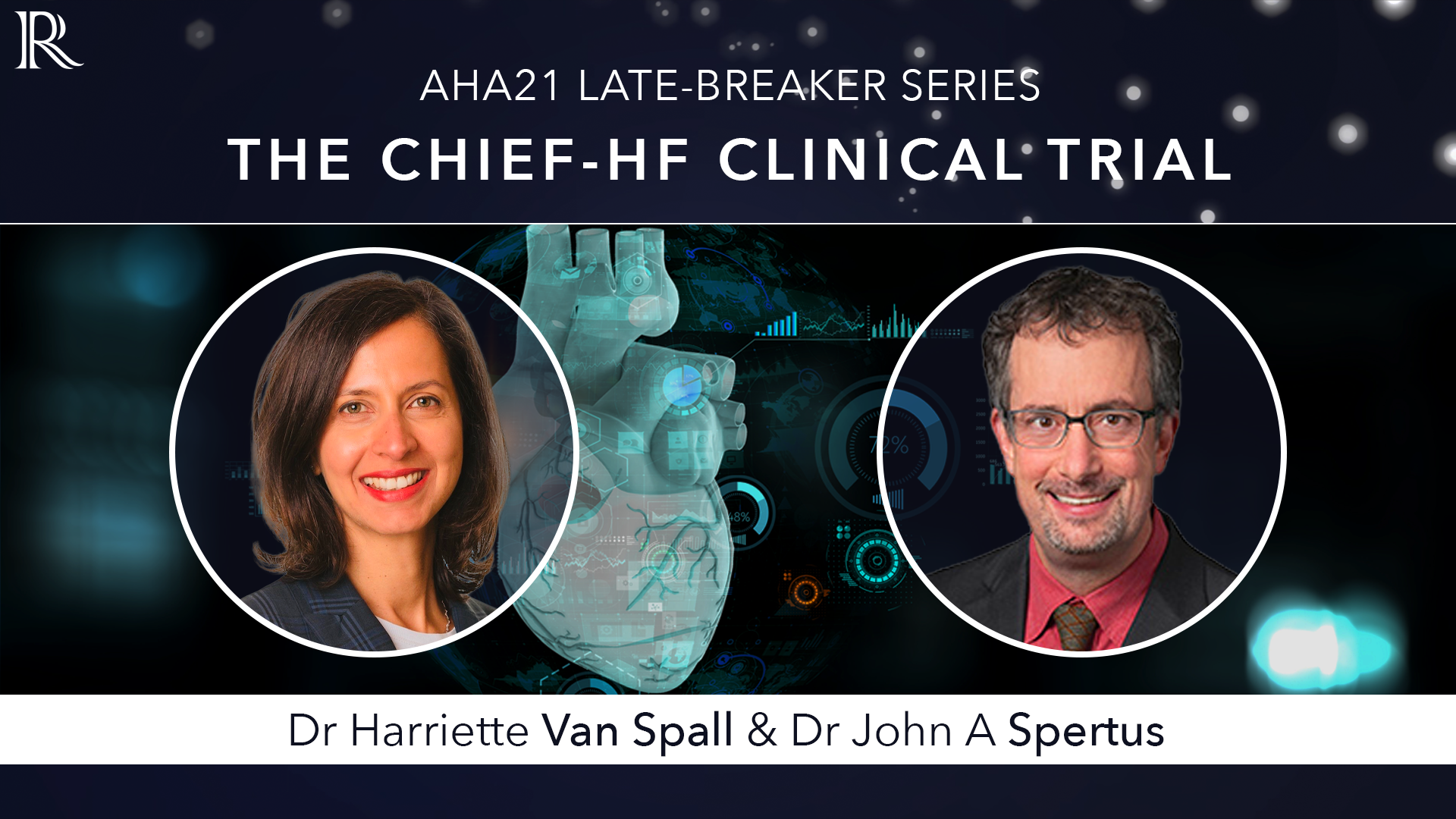 16m 2sPart 1 | Session 2 AHA 21 Late-breaker Discussion: The CHIEF-HF Clinical Trial John Spertus, Harriette Van Spall
16m 2sPart 1 | Session 2 AHA 21 Late-breaker Discussion: The CHIEF-HF Clinical Trial John Spertus, Harriette Van Spall
-
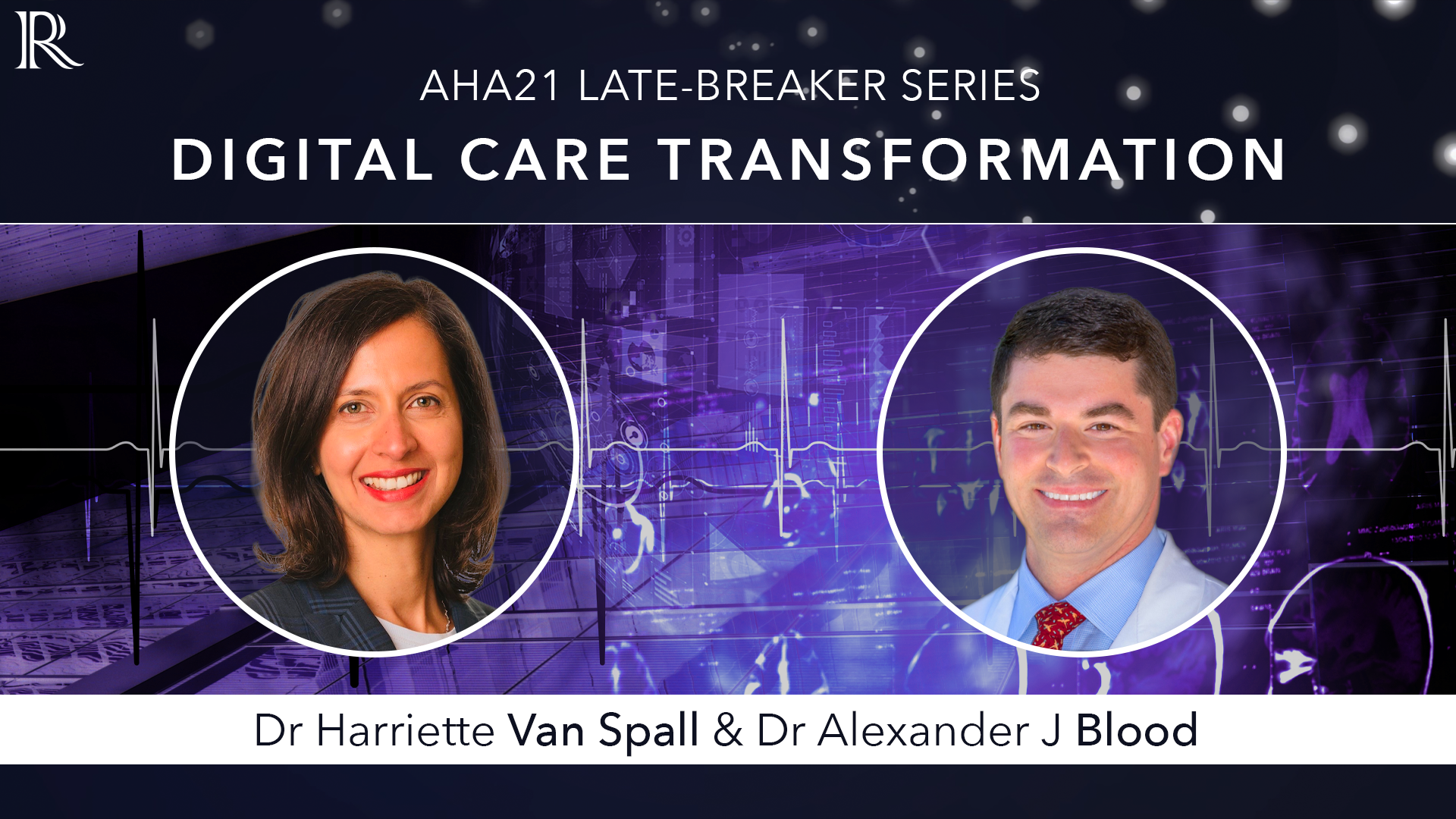 12m 12sPart 1 | Session 3 AHA 2021 Late-breaker Discussion: The Digital Care Transformation Study Alexander J Blood, Harriette Van Spall
12m 12sPart 1 | Session 3 AHA 2021 Late-breaker Discussion: The Digital Care Transformation Study Alexander J Blood, Harriette Van Spall
-
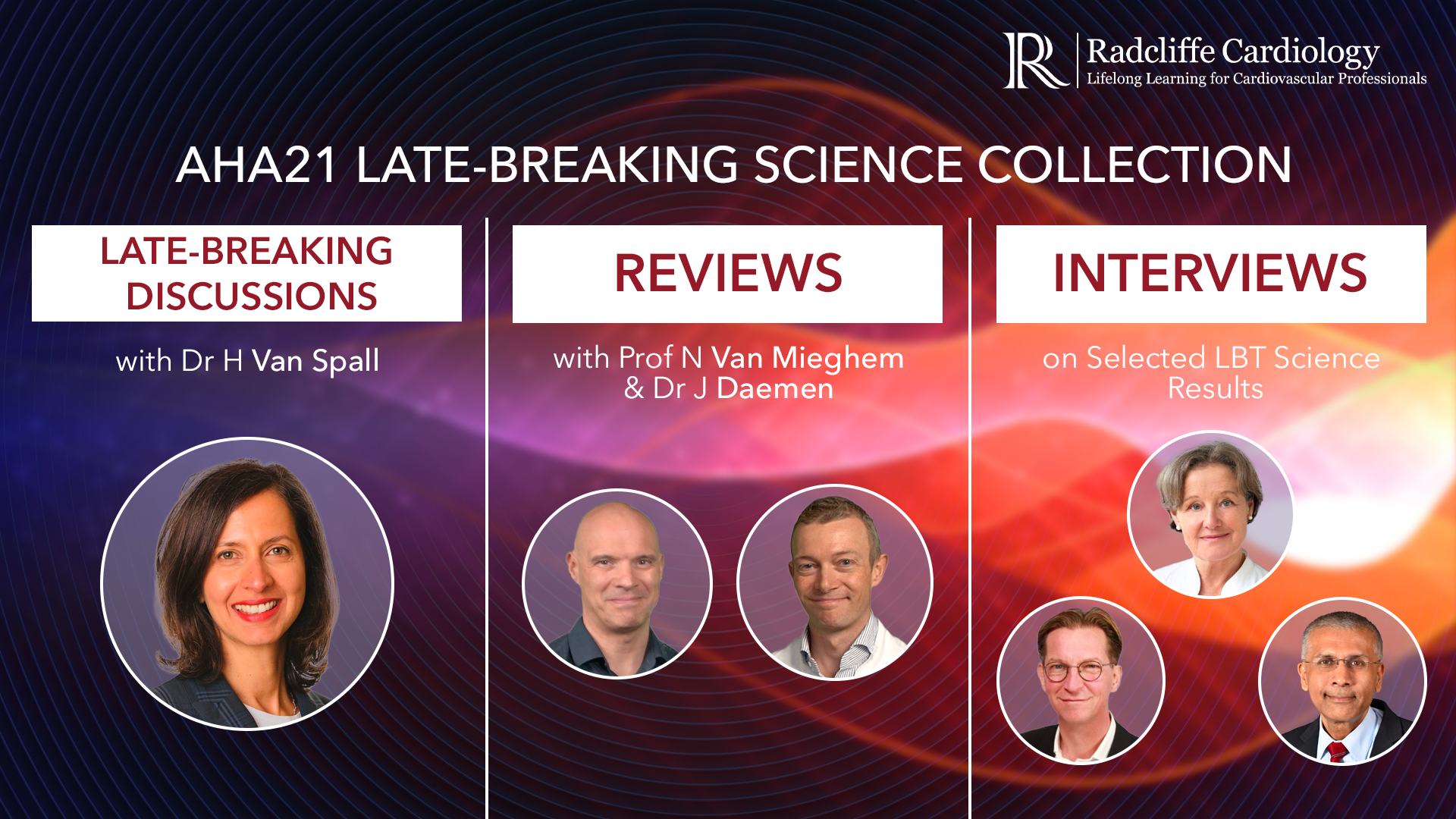 9m 51sPart 2 View from the Thoraxcenter – What's Hot at AHA 2021 Nicolas M Van Mieghem, Joost Daemen
9m 51sPart 2 View from the Thoraxcenter – What's Hot at AHA 2021 Nicolas M Van Mieghem, Joost Daemen
-
 5m 28sPart 3 | Session 1 Population Strategies for the Management of Hypertension Anushka Patel
5m 28sPart 3 | Session 1 Population Strategies for the Management of Hypertension Anushka Patel
-
 5m 41sPart 3 | Session 2 ROSE: CETPi Lowers LDL-C in Patients Taking High Intensity Statins Stephen Nicholls
5m 41sPart 3 | Session 2 ROSE: CETPi Lowers LDL-C in Patients Taking High Intensity Statins Stephen Nicholls
-
 7m 58sPart 3 | Session 3 AXIOMATIC-TKR: Patients Treated with Milvexian Show Reduced Rate of Venous Thromboembolism Jeffrey Weitz
7m 58sPart 3 | Session 3 AXIOMATIC-TKR: Patients Treated with Milvexian Show Reduced Rate of Venous Thromboembolism Jeffrey Weitz
Overview
Our regular review series View from the Thoraxcenter hosted by Prof Nicolas Van Mieghem and Dr Joost Daemen provide a concise and insightful preview of the late-breaking science presented at AHA Scientific Sessions 2021.
For a deep-dive, watch Dr Harriette Van Spall's Late-breaking Discussion series on highly expected trials with principal investigators.
Short, accessible Expert Interviews will be available conducted with select faculty focusing on the results, applicability, and impact on future research.
More from this programme
Part 1
Late-breaker Discussion Series
Host, Dr Harriette Van Spall interviews the late-breaker presenters of AHA Scientific Sessions 2021.
Part 2
View from the Thoraxcenter: Preview of the Late-Breaking Trials
Part 3
Expert Interviews
Short, accessible Expert Interviews will be available conducted with select faculty focusing on the results, applicability, and impact on future research.
Faculty Biographies
Transcript





